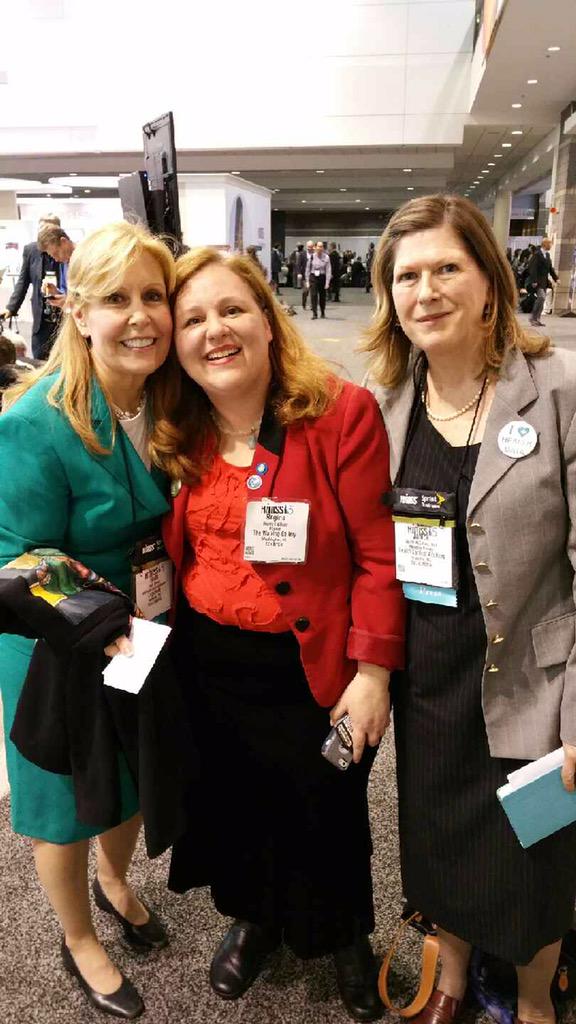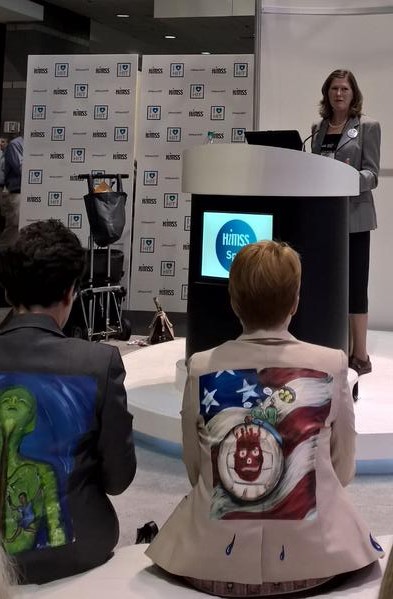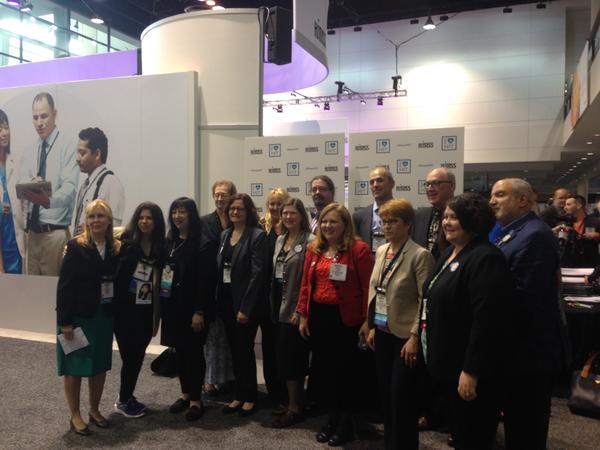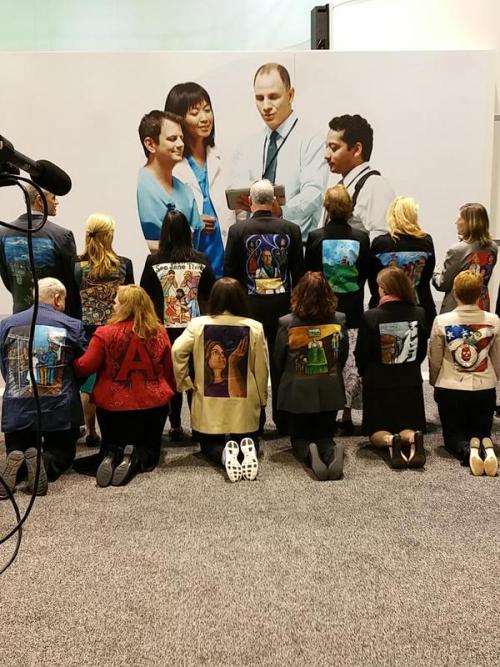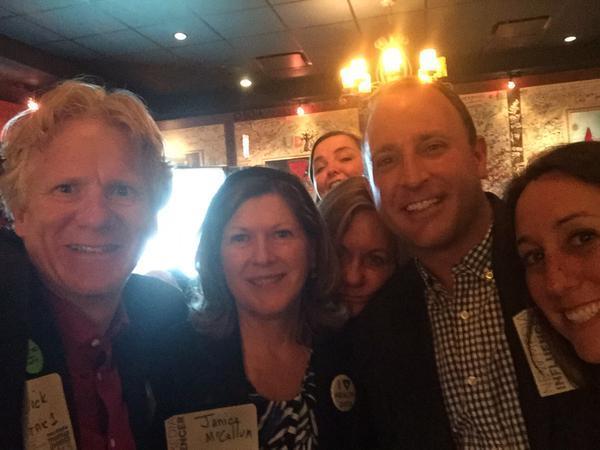Health IT Infrastructure Enables Clinical Decision Support within Workflow
 Friday, September 30, 2016 at 12:10PM
Friday, September 30, 2016 at 12:10PM “Infrastructure enables innovation” –Mignon Clyburn, FCC Commissioner
I like this quote by Mignon Clyburn that Rob Havasy used in his presentation at the New England HIMSS National Health IT Week event last evening in Boston. People often balk at the effort and expense required for large infrastructure projects (remember, I’m from Boston and lived through the Big Dig!). Nonetheless, a strong reliable infrastructure is essential to establishing the basis for a vibrant and innovative ecosystem.
Since attending my first national HIMSS meeting in 2010, this has been my consistent refrain: we need to establish foundational health IT infrastructure so that we can move on to disseminating information more efficiently and enabling advanced analytics. Large scale outcomes analysis and population health management simply aren’t feasible without a basic layer of data organization and management provided by open standards and interoperable systems.
Much has been achieved in establishing the core record-keeping infrastructure. Currently, we’re making good progress in establishing interoperability standards for basic data exchange. Still, we need to go further than simple data exchange; the data that are exchanged have to be executable if we want to build real-time clinical decision support applications. In other words, we need a higher level of data interoperability that includes sufficient metadata to enable real-time integration into analytics systems for population health management analysis, diagnostic support systems, and the like.
CDS hooks
One of the initiatives in the health IT standards domain that I find promising is the CDS (clinical decision support) Hooks effort spearheaded by Josh Mandel, MD, a health informatics researcher at Harvard Medical School & Boston Children’s Hospital[1]. CDS Hooks works within the SMART on FHIR ecosystem to send notifications of information sources that may be of value to the user in real time. Users don’t have to know in advance that resources are available; instead relevant resources are presented within the user’s workflow for them to consult at their option.
For the most part, CDS resources have been important reference sources for academic and medical researchers, but their usage by practicing clinicians has remained limited. To move from being “nice to have” reference sources to truly achieving the goal of “making the right decisions as easy as possible to come by, and as easy as possible to execute”[2], clinical decision support tools need to be embedded in the workflow of the clinician, patient, or other decision maker. There are still a lot of interoperability issues to work out, but I plan to watch the development in CDS Hooks and encourage publishers of evidence-based databases and other resources to explore intently how they can connect their resources to the SMART on FHIR ecosystem.
Delivering the right information to the person at the right time in the right format via the right channel (the 5 rights of clinical decision support) enables better decisions and supports improved information flows to all stakeholders, including patients. Advancements in core health IT infrastructure and improved interoperability standards will help make these 5 rights an everyday practice. That’s why #IHeartHIT.
[1] This interview with Josh in Healthcare Informatics provides a useful introduction to CDS Hooks: http://www.healthcare-informatics.com/blogs/david-raths/interoperability/what-cds-hooks-interview-josh-mandel-about-fhir-and-clinical
[2] Jonathan Teich, MD quoted in http://www.healthcareitnews.com/news/amia-maps-road-decision-support, June 14, 2006.



